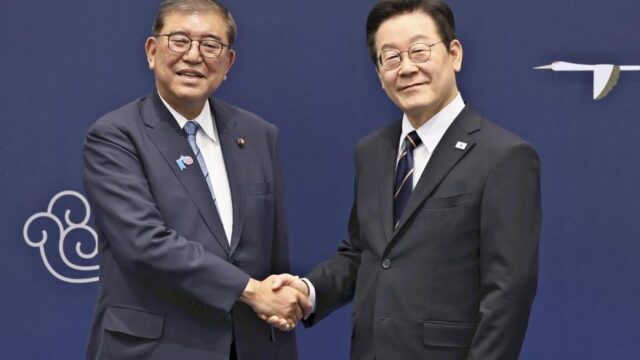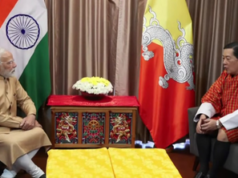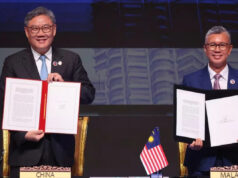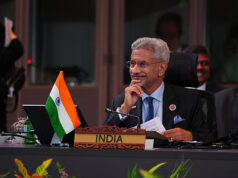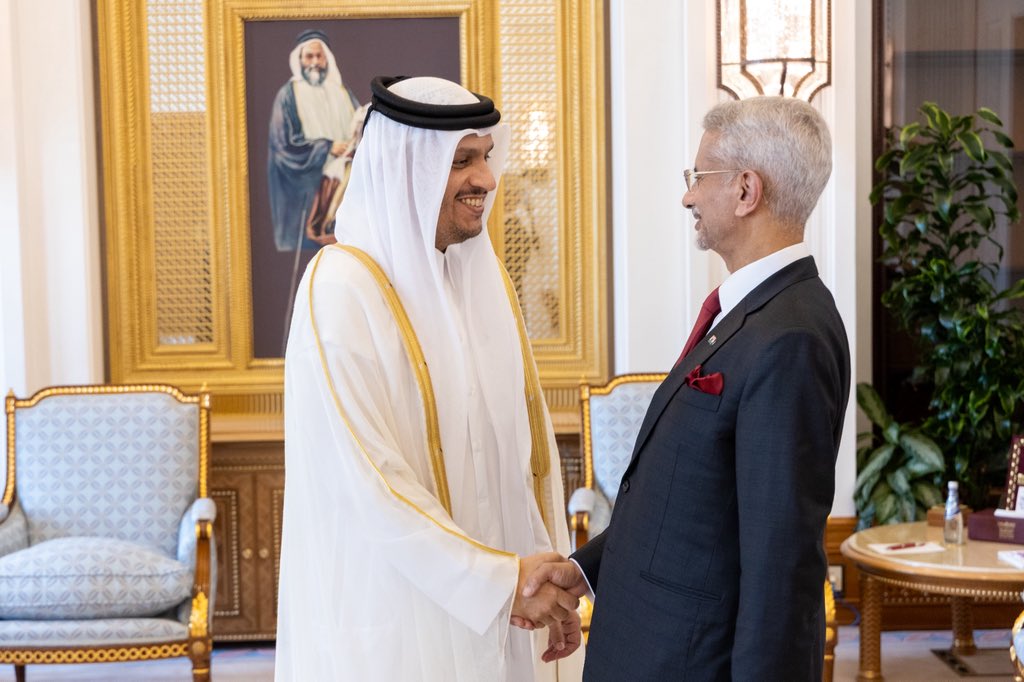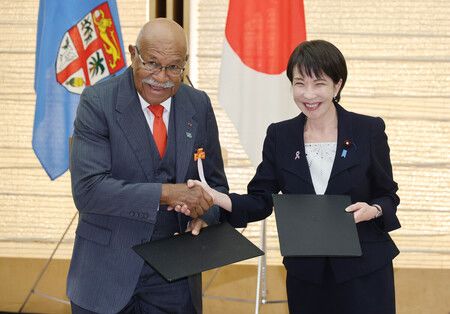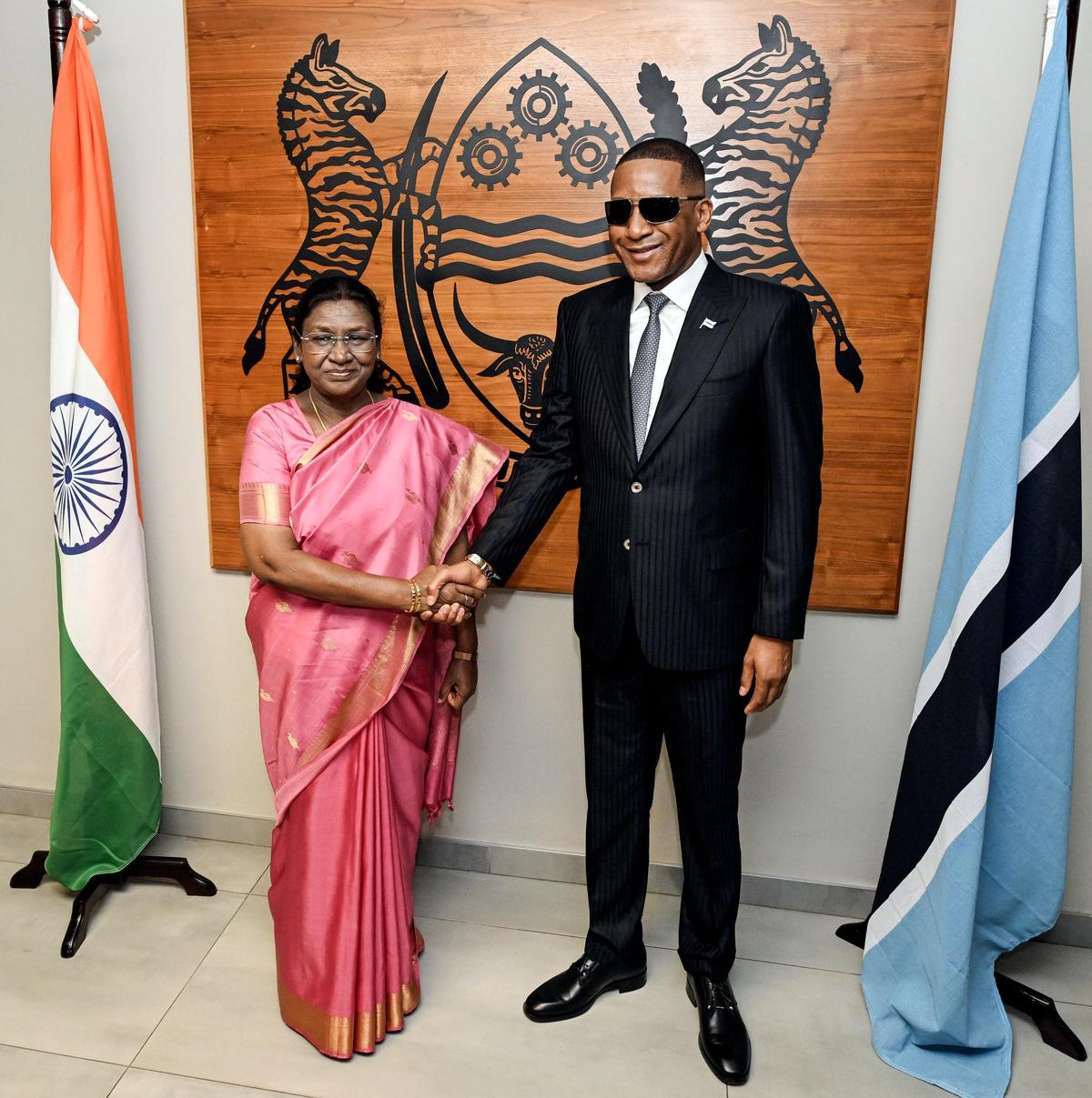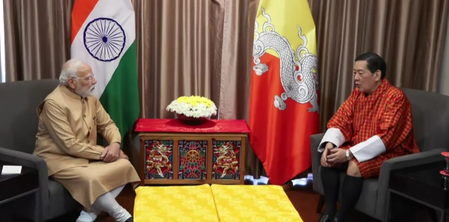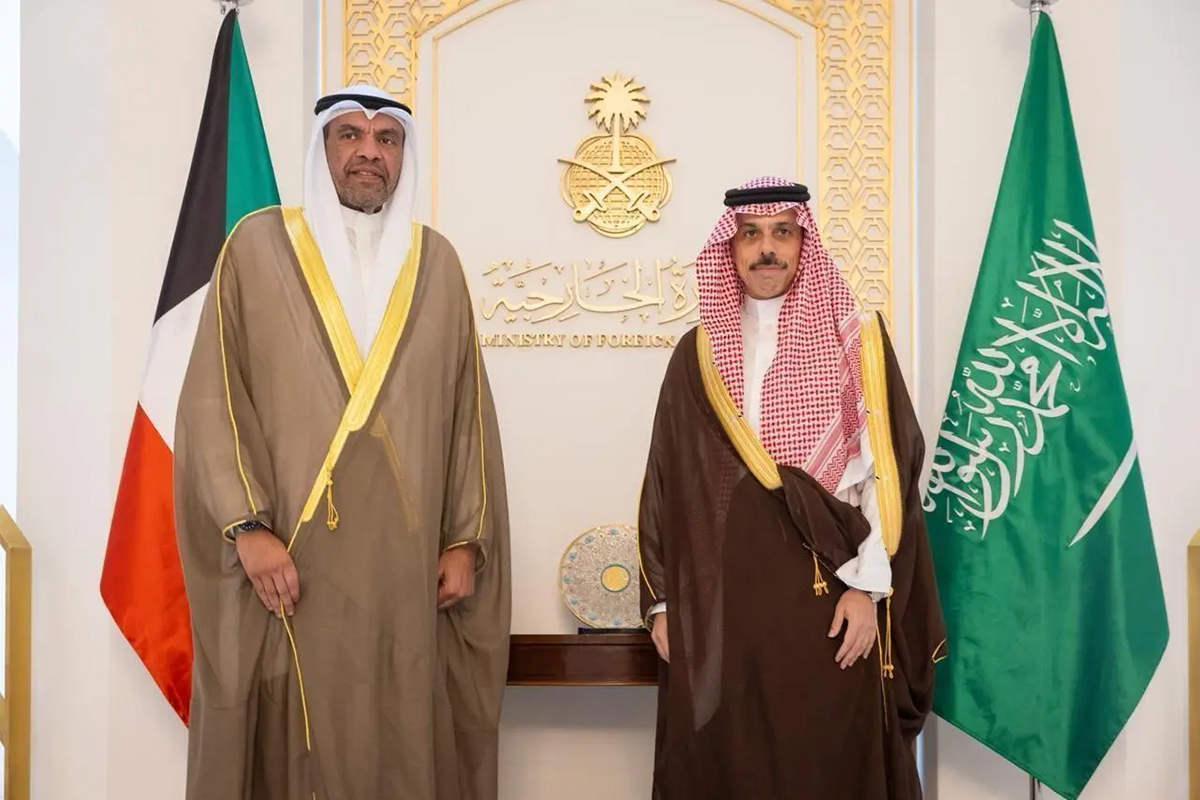Japanese Prime Minister Shigeru Ishiba and South Korean President Lee Jae Myung have agreed to strengthen bilateral ties, pledging greater stability in relations and an increase in reciprocal visits between their respective leaders. The two leaders held talks on Tuesday, 30th September, 2025, in the southern port city of Busan, marking PM Ishiba’s first official visit to South Korea since assuming office a year ago. It is also expected to be his final overseas engagement, following his recent announcement that he will step down. PM Ishiba said he wished to “confirm a good basic tone for bilateral relations” before handing over responsibilities to his successor.
At the outset of their discussions, PM Ishiba reflected on the significance of the occasion: “I deeply feel the significance of concluding my diplomatic tenure with a meeting with President Lee.” President Lee, who took office in June, has already met PM Ishiba three times in under four months. He underlined the importance of continued dialogue, remarking: “The more difficult the world becomes, the more important exchanges between neighbouring countries are. I hope we can work together to develop our relationship through reciprocal visits.”
The agenda encompassed a wide range of topics, including demographic challenges such as declining populations and the overconcentration of people and power in Tokyo and Seoul. The leaders also reaffirmed their shared commitment to addressing security concerns in the Indo-Pacific region, as well as the pursuit of the “complete denuclearisation” of North Korea. Attention was also given to technological cooperation. Both sides agreed to convene a meeting of the Japan-Korea Committee on Scientific and Technological Cooperation, which has been dormant since 2009, with the aim of fostering joint research and collaboration in emerging fields such as artificial intelligence.
The visit carried historical weight, marking the first time since 2004 that a Japanese prime minister has visited a regional city in South Korea as part of bilateral diplomacy. Analysts suggest PM Ishiba’s choice of Busan highlights his call for collaboration on regional revitalisation—an issue he has consistently championed. Following the meeting, the two governments issued a joint outcome document confirming that discussions initiated in September will continue under the framework agreed by both leaders in August.
In a symbolic gesture, PM Ishiba also paid respects at the grave of Lee Soo-hyun, a South Korean student who died in 2001 while attempting to rescue a Japanese man who had fallen onto the tracks at Tokyo’s Shin-Okubo Station. This marks the first time a sitting Japanese prime minister has visited the grave in Busan. Lee’s actions, which claimed his life at the age of 26, became a poignant emblem of solidarity between the two nations. Lee’s family has since channelled condolence money into scholarships for South Korean students wishing to study in Japan, nurturing grassroots exchange and goodwill. As PM Ishiba prepares to leave office, his final trip appears aimed at consolidating a legacy of steadying relations between Tokyo and Seoul, while laying the groundwork for his successor to pursue deeper cooperation in diplomacy, security, and technology.

